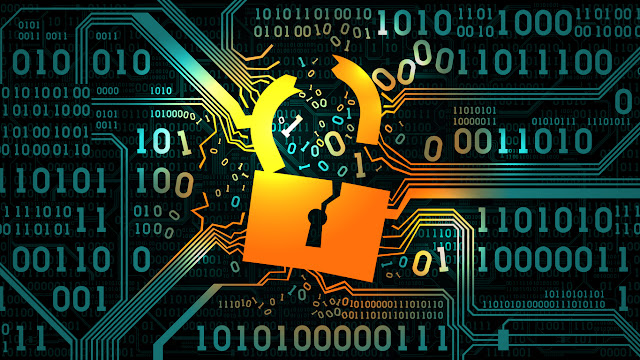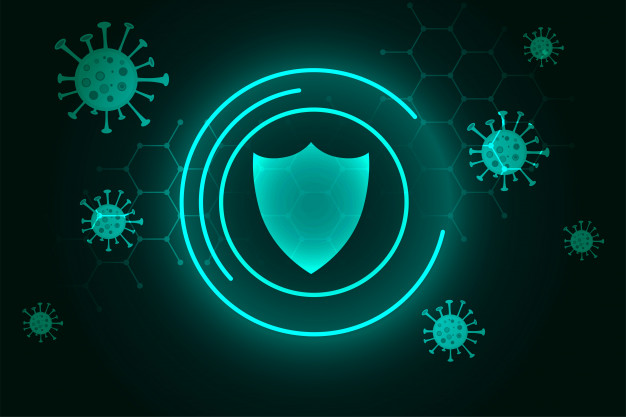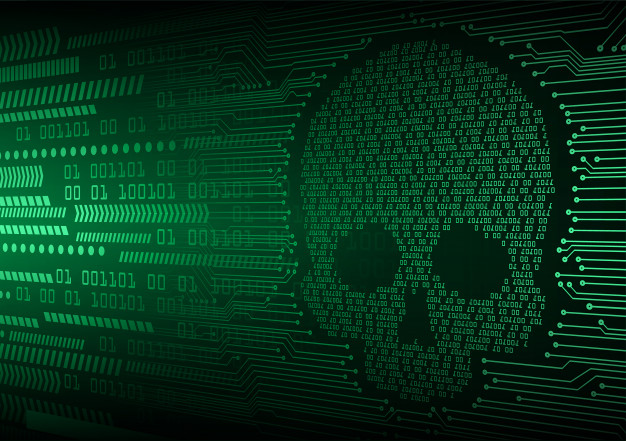How Malware Infects your Computer? | Antivirus
How Malware Infects your Computer? | Antivirus
Malware is one of the most common threats that users face on a daily basis. However, even if you have heard or read about the various types of malware that exist, you may not know how these malicious programs are able to infect your devices.
While knowing what types of threats exist is the first step in protecting yourself and your devices, the next crucial step is knowing how cybercriminals try to insert these malicious pieces of code onto your computers, mobile phones, and tablets. So to help you battle these dangers, we examine probably the most well-known techniques and strategies pernicious entertainers use to fool Internet clients into downloading noxious projects that bargain their information and security.
How malware infects your device
1. Phishing and spam emails
Although usually the main objective of phishing emails is to obtain sensitive information from users, such as access credentials of a service, the security code of your credit card, PIN code, or other type of personally identifiable information posing as a trusted institution, phishing emails can also include files or links that can lead to compromise of your device with malware.
Therefore, it is always wise to read your emails carefully. If you look closely, you will probably realize that you are dealing with various scams. The signals that indicate this are usually spelling errors, the evocation of a sense of urgency, a request for personal information or emails sent from a suspicious domain.
2. Fraudulent websites
To trick victims into downloading malicious applications, cybercriminals seek to copy the websites of famous brands or well-known organizations. Scammers create fraudulent sites by disguising themselves as the official site with a similar domain, but adding a letter or symbol that makes it different. The websites will be linked to malware and will try to make the victim click on these links which will download some malicious code to their devices.
To prevent your device from being infected with malware, always do a manual search on Google for the official domain or type the address in the browser bar. It is worth remembering that a proper total security solution will also protect users from most threats and will also prevent the user from accessing malicious websites...readmore
3. USB sticks
External storage devices are a popular way to store and transfer files; however, they carry a number of risks. For example, threat actors like to use the “lost” USB stick social engineering strategy to have Good Samaritans plug some of these malware-compromised USB sticks into their computers. Once an affected drive is connected to your computer and opened, your device can become infected with some kind of malicious code, such as a keylogger or ransomware.
Alternatively, if you are not careful in how you use your USB stick and plug it into any strange equipment, your computer may be compromised through cross contamination. To mitigate the chances of contaminating your PC you should use a security solution that allows you to scan an external drive connected to your devices and warn you if it contains something suspicious.
4. Torrents and P2P file sharing
While P2P networks and torrents have earned a reputation for years as tools for illegal downloading of software, games, and multimedia files, they have also been used by developers as a simple way to distribute open source programs or for musicians who they seek to share their songs for free. However, it is also important to mention that they are used many times by criminals who inject malicious code into these shared file.
To minimize the risk of being compromised, you should use a reliable VPN solution to encrypt your traffic and keep it safe from prying eyes. You should also use an up-to-date total security software solution that can protect you from most threats, including malware that may be part of the files you are trying to download via torrent.
5. Compromised software
While it may not happen frequently, it is also not uncommon for criminals to compromise legitimate software in what are commonly known as distribution chain attacks. In these attacks, cybercriminals inject the malware directly into the application, which they then use to spread the malware when unsuspecting users download it.
6. Adware
A few sites are regularly tormented with promotions that show up each time you click on any part of the site or can even show up promptly every time you access certain sites. While these advertisements are generally intended to generate revenue for these sites, they sometimes contain various types of malware, and clicking on these advertisements or adware may inadvertently download them to your device. Some ads even use fear tactic by telling the user that their device has been compromised and that only the security solution offered by the ad can clean their computer; however, that is almost never the case.
An adware can be avoided by using a trusted ad blocker in the browser, which will, as its name suggests, block the ads from appearing on the site you are visiting. Another thing you can do is avoid shady sites that are full of advertising.
7. Fake apps
The last item on this list has to do with fake mobile apps. These applications tend to pretend to be real and try to trick users into downloading them to their devices, thereby compromising them. They can take on the appearance of anything, acting like apparatuses for following wellness, applications cryptomodedas or even my contact following COVID-19. However, the reality indicates that instead of receiving the promised services, the devices will be infected with various types of malware, such as ransomware, spyware or keyloggers.
Always download application from trusted websites. Likewise keeping your gadgets fixed and state-of-the-art can help you stay shielded from different dangers that may attempt to misuse weaknesses that might be available in more seasoned forms of uses or working frameworks.
Conclusion
While the rundown of procedures utilized by cybercriminals to target clueless clients is long and can be significantly more broad - as cybercriminals keep on growing new malevolent strategies - you can have confidence that there are approaches to keep your information safe and gadgets ensured. These dangers can be controlled through acceptable online protection rehearses, which incorporates utilizing respectable absolute security arrangements and keeping your frameworks fixed and exceptional.




Comments
Post a Comment